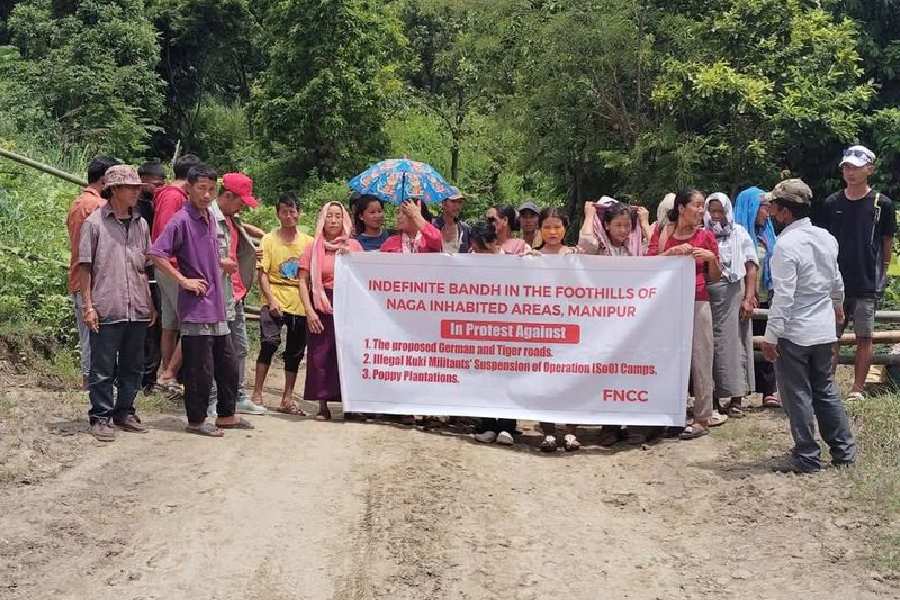Calcutta, Sept. 29: After more than six decades in operation, public sector undertaking the Damodar Valley Corporation is gearing up to launch an initial public offering (IPO).
DVC chairman Rabindra Nath Sen said the firm had completed the first step in the process of getting itself listed.
“As a first step, we have identified separate strategic business units (SBUs) with separate balance sheets,” Sen said.
At present, the DVC has several business segments such as power generation, transmission and distribution, irrigation and flood control and captive mining.
The company is looking at legal options for the separation of the business units and then float special purpose vehicles for listing, Sen said. Senior DVC officials told The Telegraph the generation arm could be the first one to be separated for listing.
 |
According to an official, since the corporation operates under the DVC Act, it has to consult with the stakeholders and seek legal opinion.
“Necessary clearances are required from the stakeholders — the Centre and the two state governments of Bengal and Jharkhand,” said the official, adding that legal opinion may be available in the next three-four months.
“By next year, we should be able to implement the SBUs,” the official said.
On the size of the divestment, Sen said, “At present, we do not have any percentage in mind.”
The DVC was formed in 1948 with an objective to control flood on river Damodar. It expanded its operations into thermal and hydel power generation along with the setting up of a transmission and distribution network.
At present, its total capacity is 5,857MW. It plans to add 3,520MW thermal capacity at Bokaro, Koderma and Raghunathpur. However, the three expansion projects had run into rough weather because of issues over land and fuel linkage.
The DVC earned a total income of Rs 11,217 crore in 2012-13 and a net profit of Rs 392 crore after registering losses in the previous two years. It is eyeing an over Rs 500-crore profit in 2014-15.
Transmission units
Transmission projects in the country take about 5 years to complete, a factor responsible for the slow rate of growth in the sector, PTI quotes a Ficci report.
“An important factor for the slow rate of growth is the long process time, from conceptualisation to commissioning,” the report on power transmission said.
At present, the average time from concept to commissioning is about 60 months, or 5 years. The report observed that there was significant scope to compress the planning process and reduce redundant steps, cutting short the commissioning time.










